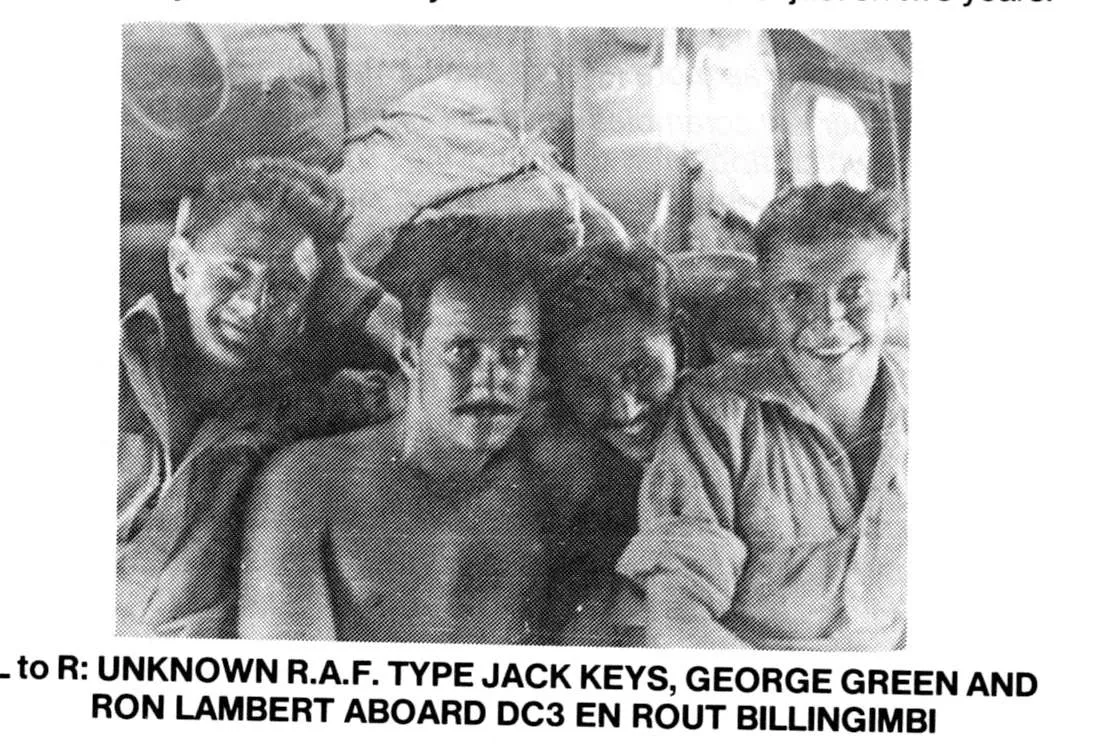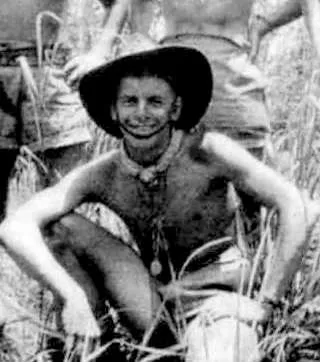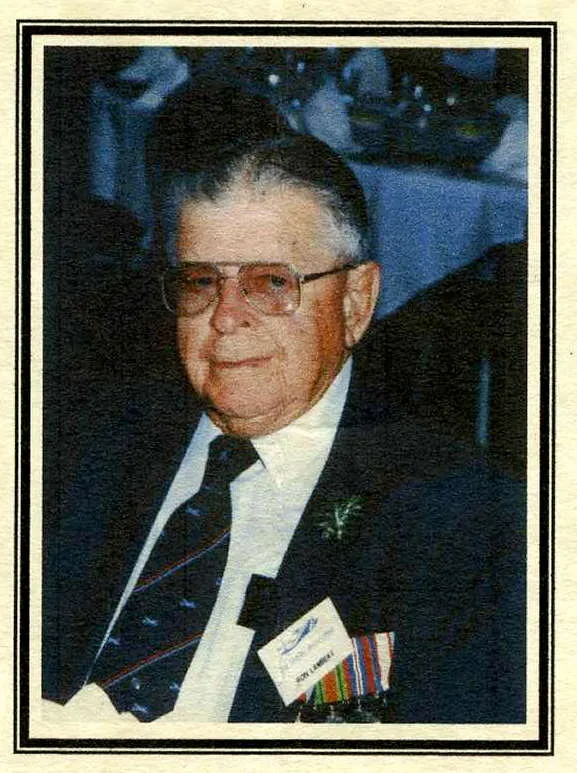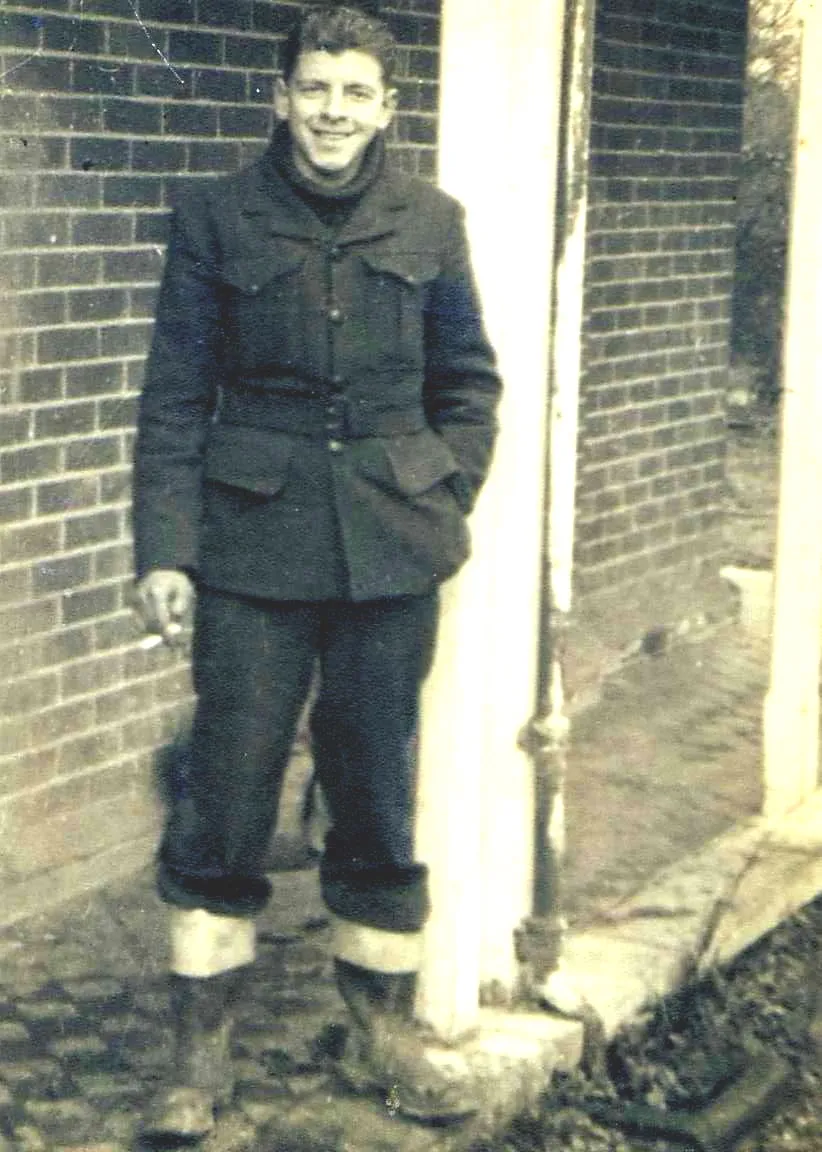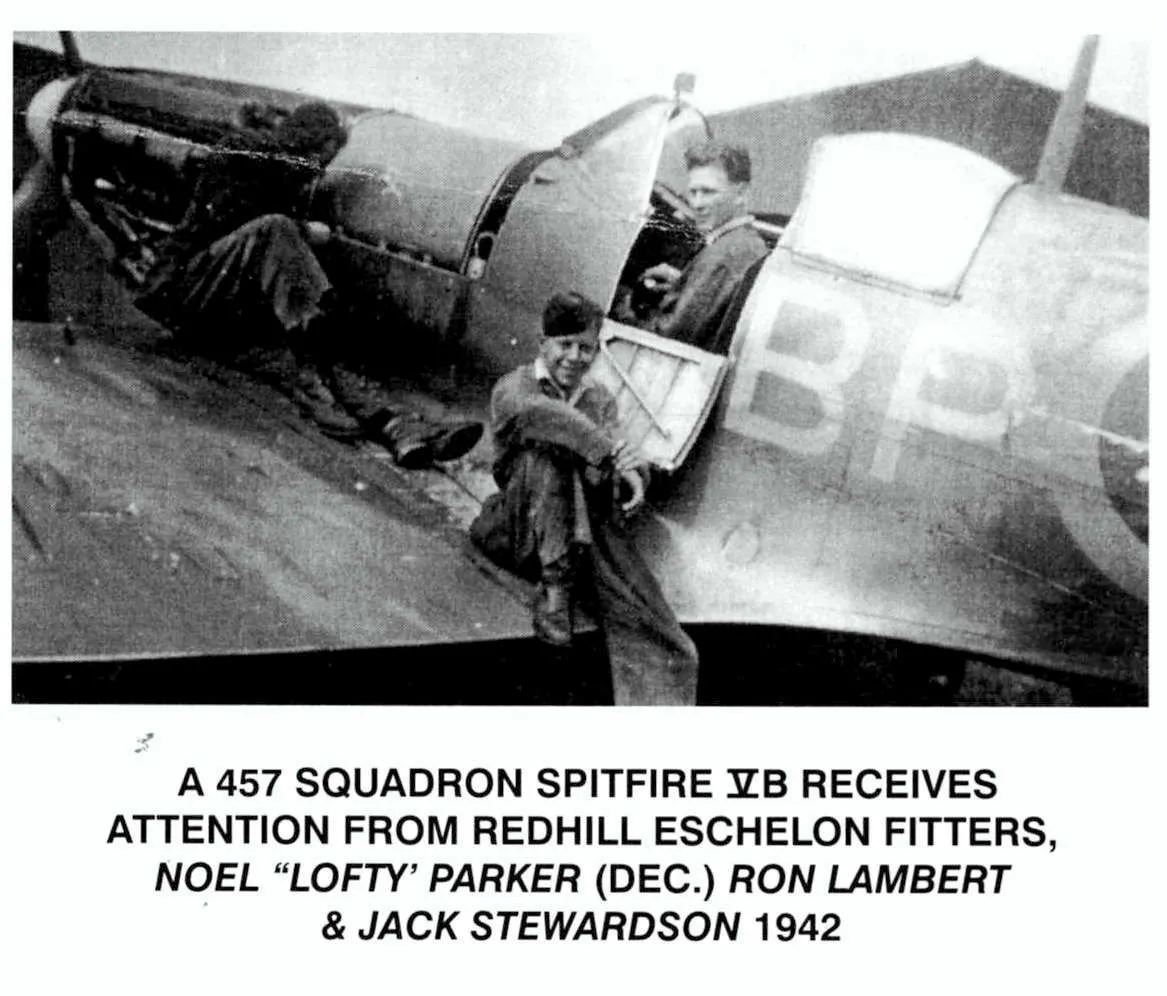Ron Lambert 14877
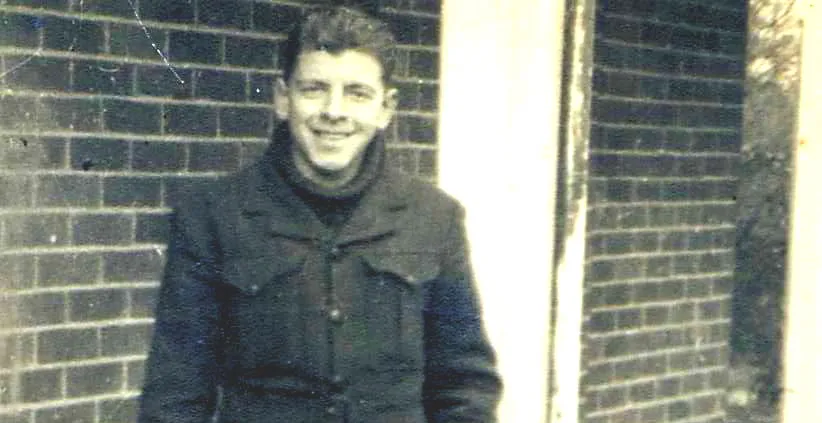


| Squadron/s | 457 SQN |
| Mustering / Specialisation | Engine Airframe Fitter |
| Date of Enlistment | 29 Apr 1940 |
| Contributing Author/s | Ron Lambert and Steve McGregor The Spitfire Association |
Frederick Ronald Lambert number 14877 – The photo below shows me at Kenley RAF Station for 2 weeks in Surry England 1941 at age 19 years and 9 stone. I volunteered for the RAAF in Sydney when war was declared, at age 17 years and 9 months, but after some hold ups was enlisted 29/4/1940.
After trade course and the like I was stationed at Camden NSW until volunteers were called to infiltrate into the RAF in 1941.
Being accepted we were medically examined and had our teeth pulled and drilled and given the usual set of injections.
During the line-up for our shots, some of the biggest and oldest fainted on the needle and were rejected. We were told of the urgent need for our services in England and sailed away on, of all days, Friday 13th June, 1941 to the United Kingdom via Canada.
En route we called at Auckland, New Zealand and picked up a group of Kiwi Air crew trainees. At mealtimes on board we sat at long tables, Aussies one side, Kiwis the other. We were shocked one morning to hear a Kiwi ask "how milk was made", I suspect that they are more knowledgeable now days.
Arriving in Canada, we were marched off the ship past a big Aussie who broke down and wanted to go home. We also learned that the RMS Awatea, was sunk in the Mediterranean in 1943? And it was a shock to we young blokes.
We set off across Canada on the CPR railway to Halifax Nova Scotia where I saw my first really fast aircraft a Canadian built Hurricane. During the trip I must say our personal hygiene suffered until we reached Winnipeg, where we were taken to the city baths for a bath in their pool. One of our blokes who until then did not wash much, was forcibly dunked and kept in by all and sundry. He had a distinct moustache, like Adolph Hitler's and was christened "Smidt der Spy".
Leaving Canada, we steamed off to Iceland on an armed merchant cruiser of the Royal Navy with huge seas. A sad note here is I saw a burial at sea. The ship was loaded with airmen. I spent a week in Iceland and one of the joys was to swim in the hot spring baths or washed in a river of ice water on the edge of the camp. Whilst in Iceland we were inspected by Winston Churchill, after his discussions with President Roosevelt.
Heading for the UK we boarded a Belgian ship the Leopoldville. During this trip we were locked below decks during a suspected naval engagement which proved to be a scare only. We had a real scare!
On this ship were a lot of Aussie aircrew bods who had been given their wings. Well known names like F LT Ron Cundy was one. We arrived at Greenoch Scotland in time to see a German float plane in the water which was shot down by a circuiting Spitfire. We were then overnighted to Bournemouth (South England) and were allotted various bases to acclimatize. During my time here one night I learned a painful lesson and got horribly drunk on beer and gin. I have never drunk gin since.
In September 1941, I was one of 19 engine and airframe fitters at Croydon airport of pre-war fame. We were near such well-known fighter bases as Purly, Gatwick, Kenley, Red Hill and Biggen Hill. We experienced snow, sleet and dense fog, so bad we were almost lost midfield. I was billeted in a house on the airport fringe. It was so cold the wiring overloaded by all our added heaters and of course bypassing the meter board did not help due to the burnt out meters. The result, being up before the Station Commander. Interestingly our CO taught Australian pilots in the 14-18 War and he said he was very pleased to have us there. He subsequently dismissed the charges.
During my stay there I met a local family the Sergeant of Police, wife and 2 kids they subsequently migrated to Tasmania, Australia in the 1950’s
After approx 3 months we were posted overnight to Red Hill whilst 452 Sqdn were there, spending 2-3 days at Kenley.
We were on operations there to the Jan/Feb 1942. Squadron 457 on ops to end of May 1942. Red Hill was a small pre-war light aircraft aerodrome and was just big enough for wartime purposes. While the station changed personnel, and room found; we were the major service centre for Squadrons using Red Hill and when 452 departed, we continued to then service 457 Squadron.
We all stayed with 457 Sqdn when we returned to Australia about August, 1942, at Richmond NSW. Upon arriving home after my sister’s birthday, Mum decided to give me a special treat, after the so called poor food in England. The meal was of herrings in tomato sauce! Heavens above I was eating goldfish, as they were called in Corydon and Red Hill. Another important event for me while at Richmond was that I married my Darling wife on November 7 1942. From Richmond we all relocated to Darwin in Jan-Feb 1943.
I arrived in Darwin NT and then traveled by truck to Batchelor Strip. We slept on a ground sheet right on the ground and dinner was part of a tin of warm bully beef and biscuits, ugh. The next day we pitched tents and made ourselves relatively comfortable. In no time we were then moved off to Livingstone. We attended picture nights and walked home 6 – 8 miles as the nearest picture theatre was at Hughes Field some 2 miles away. At the movies it rained during the whole show and the box I sat on was not too comfortable with water inches deep underfoot. Sly grog was available and I found that it was ex aircraft compass fluid. I lived on 2 bob a day (20 cents) and 2 up, cards and penny poker helped augment my income.
In May 9 th 1943 there was a sudden rush for us to go to Millingimbi Island as it was raided. The 28 days at Millingimbi was almost my last, as on May, 10, 1943 the siren blared and I knew we were in for it. Until early June we were strafed and bombed on three occasions by the Japs and was I suppose the hairiest of my 5 years 6 months 2 weeks and a day in the service of the RAAF. We were 6 aircraft, 6 pilots and 6 ground staff. Later more of each was posted. All in all we had three raids and 2 visits without action recorded.
Supper at night around the camp fire was a circus with all the yarns etc floating around. Daytime we caught flies for the little slippery lizards that were quite tame.
In Darwin night readiness was the go and during the full moon period sand flies had a ball on us. The little bastards could get through whatever you wore. I stayed in Darwin until June, 1944 after which I was posted to Richmond RAAF base, and served out my time there until I was discharged in November. This Richmond posting was, as they used to say "a piece of cake".
Sometime after the war, not sure of the year but I think after 1955 I was one of a group including Jim Grant, Jack Newton, Paul Dehlson, John Bisley and others, who put the basics of what is now the Spitfire Assoc, together. But my friends that was a long time ago now and we welcome you and all the other members.
